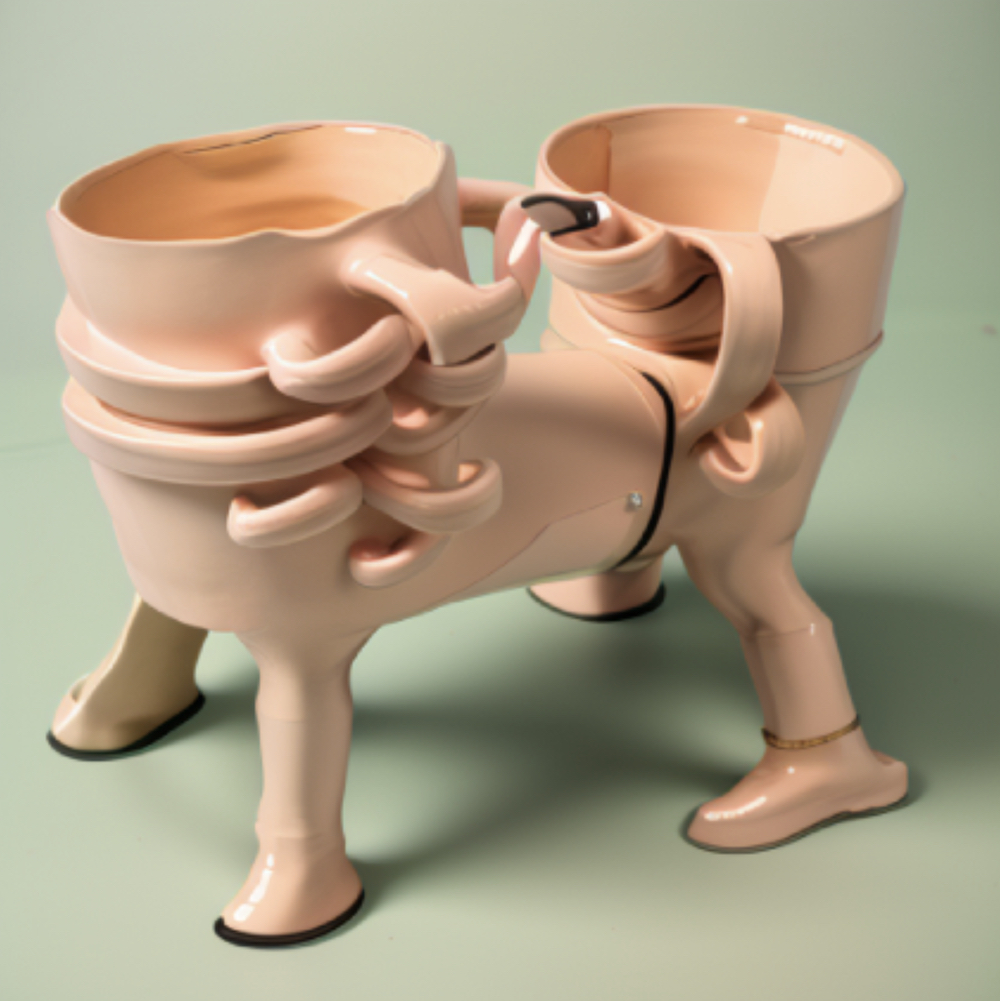Towards a Reflexive Creative Practice with AI
Thrusday 25 april, 11:00-12:00
Room 103, 1st floor (55-56), Pierre et Marie Curie campus
Abstract:
What if AI, mirroring its creators, could serve as a tool for reflection? In this presentation, I’ll introduce an alternative approach to using AI in creative practice—a nuanced counterpart to grand, generative models; an AI tool that is intimate, small-scale, adaptable, and imperfect. What might it entail to train AI systems reflexively? Could it encourage artists to delve into the depths of their own psyche, confronting the complex mix of desires, ideas, and emotions within? By embracing the vulnerabilities inherent in AI, often overlooked as biases to be removed, I seek out new creative opportunities in its application. Instead of merely prompting and curating generated outputs, can we engage with AI systems more profoundly, considering it not just as a tool but as an integral part of the artistic process? In this framework, using AI becomes a process, embracing the artistry of data collection, annotation, and model refinement as essential elements of a reflective creative process.
Biography:
Vera van der Burg is a designer, researcher, and Ph.D. candidate at the Technical University in Delft. Her focus lies in investigating how AI can be integrated into creative processes, particularly as a reflexive tool for makers. She aims to develop slower, smaller, and more intimate approaches to working with AI in creative practices, offering a responsible alternative to the current use of generative AI models. Vera holds a bachelor’s degree in neuroscience and a master’s degree in fine arts and design from the Design Academy in Eindhoven. Currently, she is engaged with the designing intelligence lab at TU Delft and serves as a researcher-in-residence at Nieuwe Instituut in Rotterdam. Vera’s work encompasses publications, workshops, and art installations, which have been featured at events such as Dutch Design Week, Salone del Mobile, Highlight Delft, and conferences like Designing Interactive Systems and the Design Research Society.

Laisser un commentaire